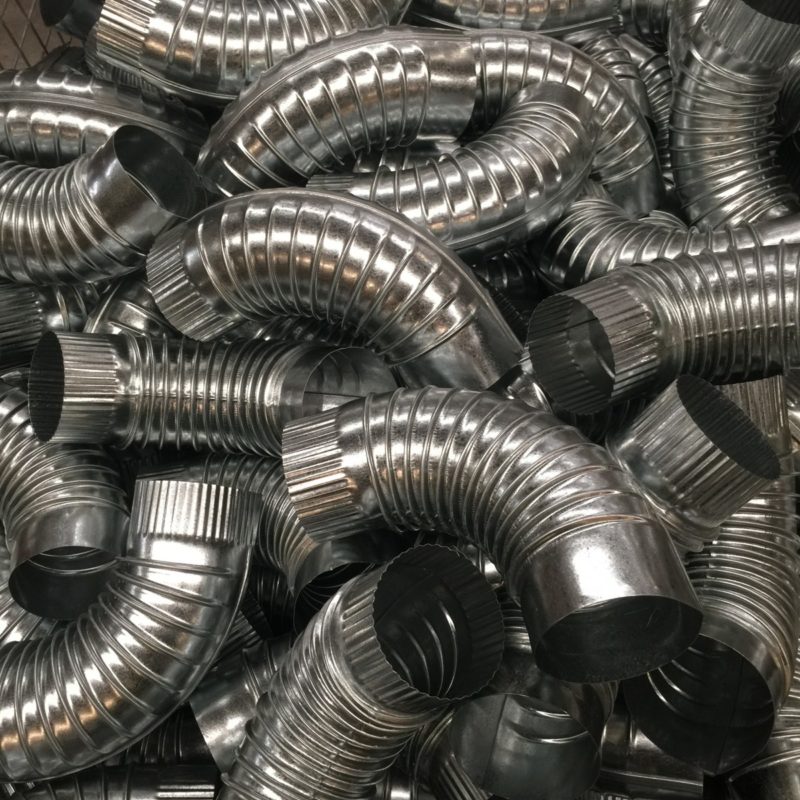Do you want to learn how to install vent free gas heater? Don’t worry, as you are at the right place at the right time. The actual installation technique isn’t complex after you’ve decided that the heater is suitable for the location where you’re placing it.
If your heater includes legs, you quickly set it in front of a wall or an end of the space. The heater without feet swings from the wall hooks like an artwork. Because it is unlawful to keep gas canisters inside, you may need to cut a small hole for the hose. This heater does have a conventional screw-on connector, but you’ll need to buy a unique socket to attach it.
Well, this is just an overview, so you need to keep reading to learn more. In this article, you will understand the basics of installing a vent-free gas heater. Not just that, you’ll also know some serious risks when you decide to install one. Without further ado, let’s start!
Basics To Install Vent Free Gas Heater
Even though vent-free gas heaters use the clean-burning qualities of natural gas to produce space warmth, there is debate on how hygienic these are. Some jurisdictions restrict its usage or outright ban them from being used for home heating when you can use those to warm an exterior wall like a shed. Whether problematic or otherwise, vent-free space heaters were straightforward to set up, needing only a secure spot and a gas pipeline. The vent-free heater reuses indoor air, while a traditional gas heater pulls air from the room or outside to consume its fuel & ejects the combustion gases outdoors.
This heater’s improved design minimizes combustion gas generation to bare essentials, so proponents of vent-free warming estimate 99-percent effectiveness. Vent-free heaters seem to be smaller than traditional heaters, and they may fit into tight locations since they do not even need vents. Everything they need to run is a steady supply of gas, usually delivered by a line from a distant tank.
Best Way To Install Vent Free Gas Heater
To figure out if the heater you want to put in is the proper size, divide the room’s capacity by the quantity of heat generated by all of the equipment in the area and the heater you want to put in. If somehow the ratio surpasses what the National Standard considers a “restricted” area, you’ll use a small heater and find some way to let in more air. Failing to do either might result in dangerous quantities of co2 and Co being released into the area. If the rooms you’re heating will not have windows, users must use them in the calculations. This helps you to learn how to install vent free gas heater.
Installing Vent Free Gas Heater Risks
The vent-less gas heaters were connected with three principal risks: flame, excessive humidity, and healthcare dangers produced by the heater’s emissions, vapors, and impurities. You should avoid such perils if you want to use a vent-free gas heater.
#1. Risk of fire
The threat of fire is the most evident disadvantage of such heaters. Space heaters are responsible for 45% of all dwelling fires in the US. The most prevalent causes of house fires were poor placement, location, and upkeep of such heaters. Such heaters could still be a fire hazard for smaller settings if they’re directly put on rugs or mats, excessively near a wall, and close to combustible materials like furnishings, textiles, or cardboard. Letting heaters continue for an extended period or operating them unattended, particularly with dogs or kids, can lead to home fires. I guess it’s helpful to read about vent-less gas fireplaces pros and cons.
#2. Damage caused by humidity
In addition, such heaters produce unwelcome moisture and humidity. The high effectiveness of the heater causes condensation, which leads to the emission of gas into the area. As there is no outlet to capture the moisture in the air created during the heating process, they escape into the open space.
#3. Serious health problems
Nat gas or propane heaters substantially influence indoor air quality, which could be a health hazard. To eliminate pollutants like co2 and Co, ventilation is necessary. Vent-less gas heaters, on either hand, lack such capability, making devices, not just unsafe but also inflating the heating value. Methyl mercaptan was added when using natural gas in an invented gas heater. It gives off a sulfuric bad smell odor which alerts people to the leakage. Whenever methyl mercaptan is burned, sulfur dioxide affects the eyesight and respiratory system.
Safety Precautions For Vent Free Gas heater
Professional installation is required for vent-free gas heaters. Professionals are aware of the dangers, having received training, and thus can recognize issues that the ordinary householder could miss. Their knowledge and judgment might save the life of the house. Only authorized ventless gas heaters are advised for usage. Oxygen Depletion Sensor pilots would be installed on authorized heaters that will shut off the gas supply whenever oxygen concentration in the area falls to 19 percent or below. For comparison, typical air levels hover at about 25.
It’s A Wrap!
We are glad that you have learned how to install vent free gas heater. These heaters are easy to install but make sure you hire an expert to set up the vent-free heater, as they know all the safety concerns for vent-free gas heaters and guide you to use them safely. Click on these links to read related articles; know how to turn on a Williams gas heater and how to use kerosene heater.

